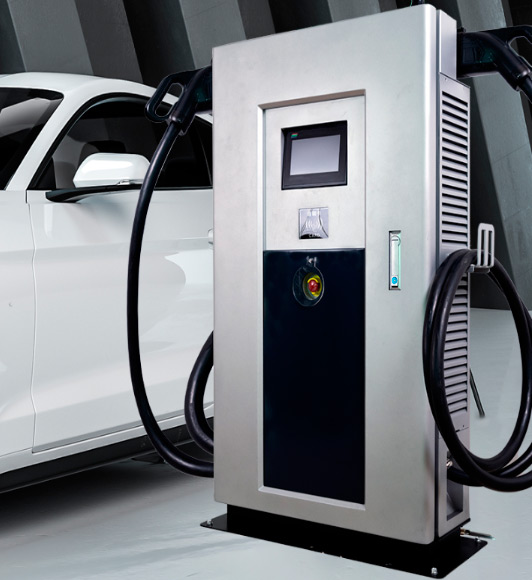
The increasing popularity of electric vehicles (EVs) has made it imperative to develop efficient and convenient charging infrastructure. As urban areas face the challenges of limited space and the need for sustainable transportation, integrating EV charging stations with existing urban parking lots presents a promising solution. This article aims to delve into the integration and co-construction model of electric vehicle charging stations and urban parking lots, exploring the benefits, challenges, and potential strategies for successful implementation.
The integration of EV charging stations such as the level 3 DC charging station with urban parking lots brings numerous benefits to both EV owners and urban communities. Firstly, it provides EV owners with the convenience of charging their vehicles while parked, eliminating the need for separate charging trips. This not only saves time but also encourages the broader adoption of EVs by overcoming range anxiety.
Secondly, the integration promotes the efficient utilization of urban space. As parking lots often have idle time slots, installing charging infrastructure allows for the dual use of existing resources, maximizing the value of limited urban land. Moreover, this integration can contribute to reducing the environmental impact of transportation by incentivizing eco-friendly alternatives and reducing the reliance on fossil fuel-powered vehicles.
Despite the potential benefits, there are challenges that must be overcome for successful integration. Firstly, the installation and operation of charging infrastructure require significant investments. To address this, public-private partnerships can be established, where government incentives facilitate the private sector's investment in charging stations. Additionally, collaboration with utility companies can help optimize the costs of electricity supply and ensure reliable service for EV owners.
Secondly, the limited availability of parking spaces in urban areas poses a challenge. To mitigate this, integrated charging stations with Max Power Battery Charger can be strategically located near public transportation hubs, workplaces, and shopping centers to encourage shared EV usage and reduce the need for individual parking spaces.
Moreover, interoperability standards should be established to ensure compatibility between charging stations and EV models, addressing concerns about different plug types and charging capabilities. This would enhance the overall user experience and ease the adoption of EVs.
The integration and co-construction model of electric vehicle charging stations and urban parking lots have the potential to revolutionize urban transportation. By capitalizing on the existing urban infrastructure, this model offers convenience, space optimization, and environmental benefits. However, it requires collaborative efforts from various stakeholders, including governments, private organizations, and utility companies, to address the challenges and implement effective strategies. By fostering public-private partnerships, strategic location planning, and standardization, cities can pave the way towards a sustainable future with seamless and accessible EV charging infrastructure integrated into urban parking lots.